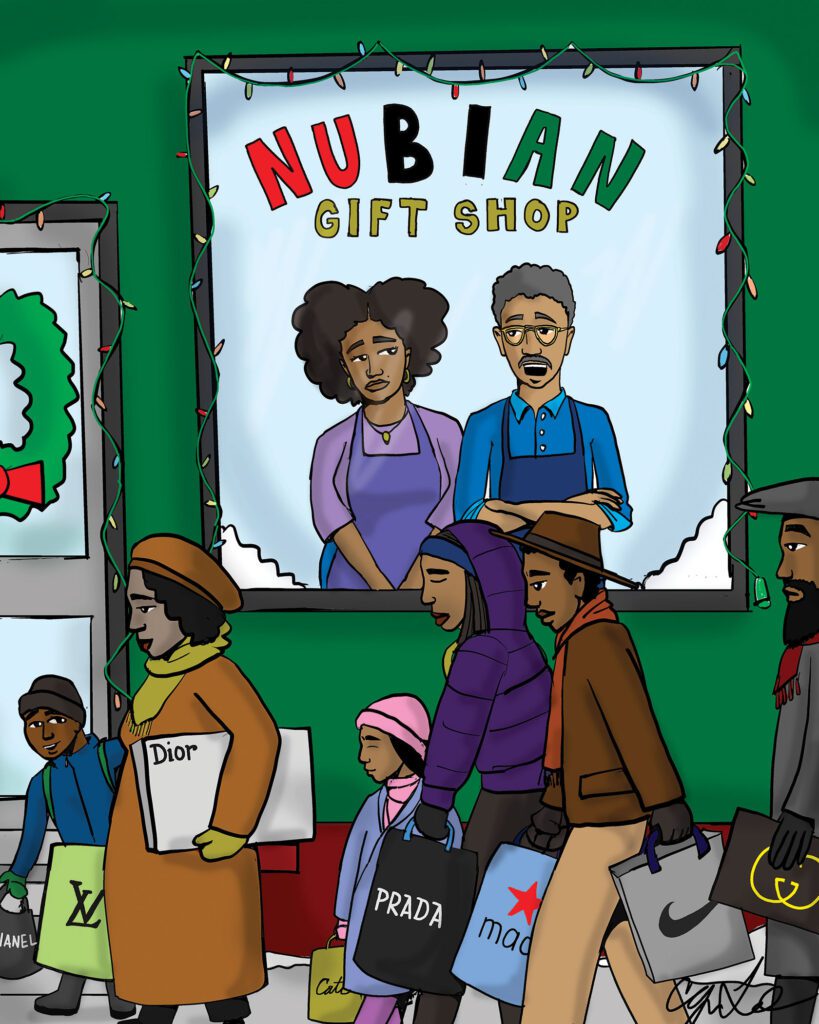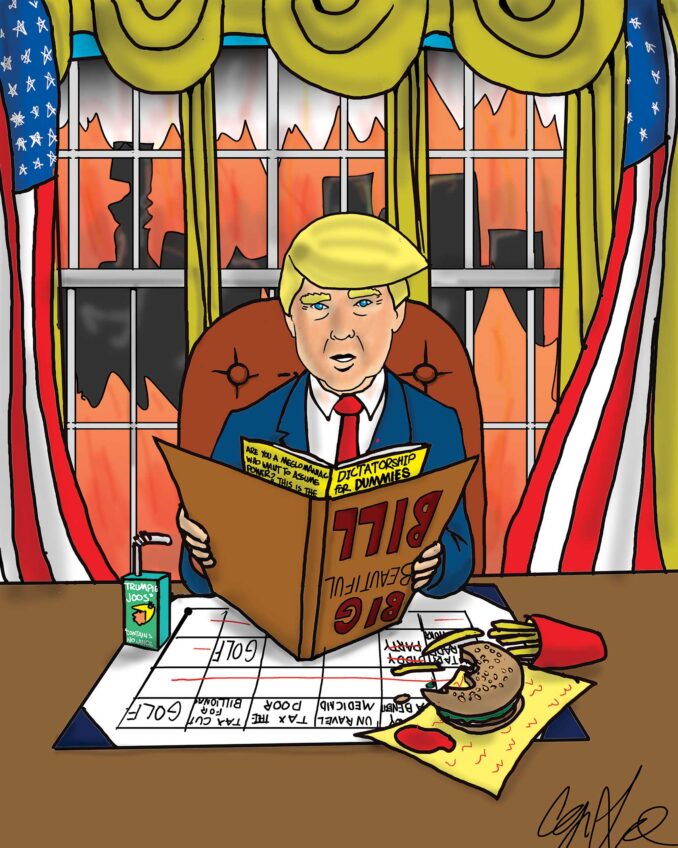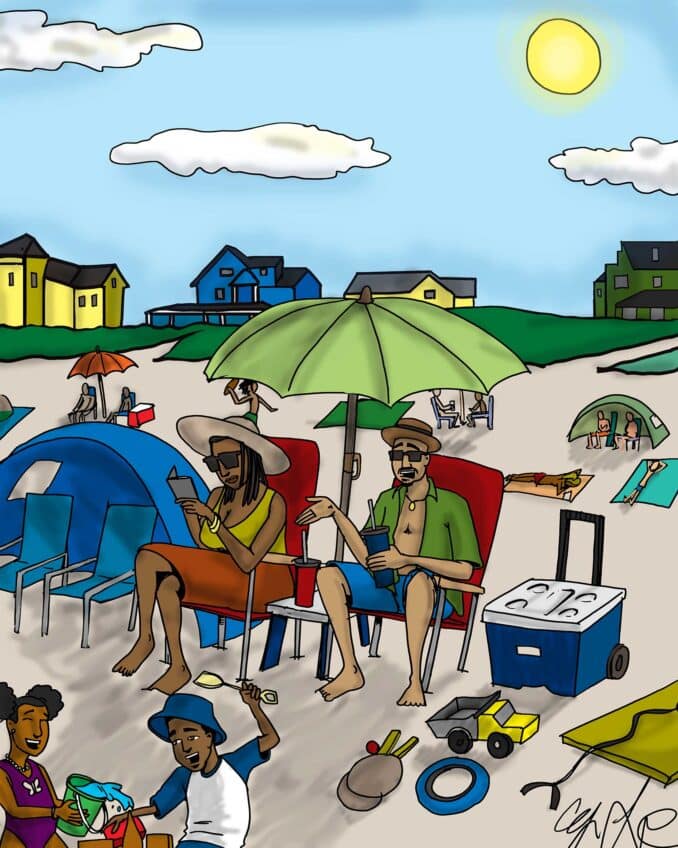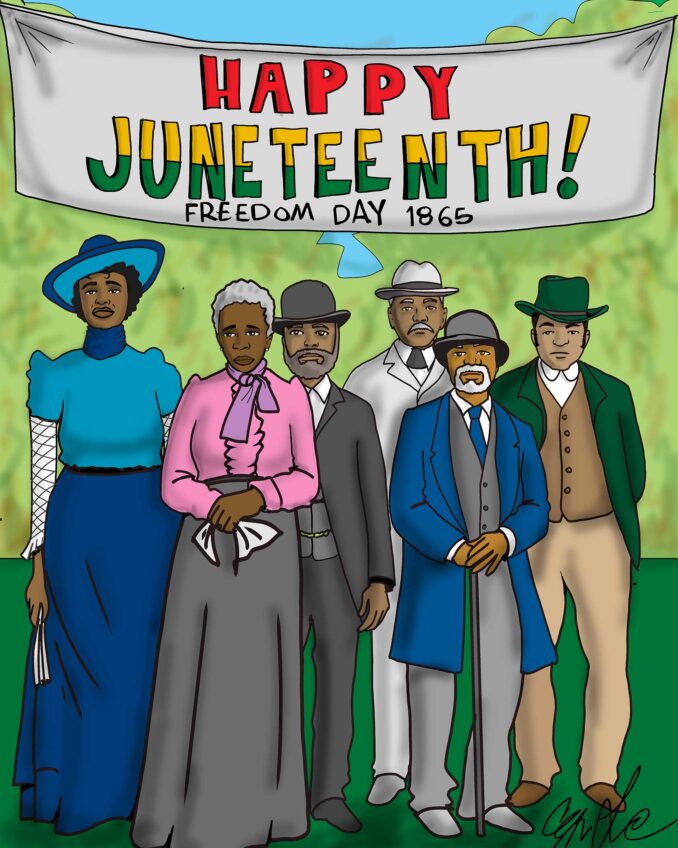
As the holiday season approaches, I want to take the time to remind our Black community to buy products made by people of color, and to buy them from stores owned by Black people in your community. The path to a strong African American society depends on where we choose to spend our money. Spending it in our own Black community provides jobs to people in the community and helps its members live productive lives and grow their personal wealth.
Early on in the 20th century, the historic Black Wall Street in Tulsa, Oklahoma, and other Black communities thrived because Black people grew the food, made the goods and owned the stores that sold them. In short, we as a community paid ourselves and kept Black dollars in the Black community. This might not seem like much on the face of it, but it is one of the most important components any community has to create stability and growth for itself.
As history reminds us, thriving Black communities around the country were intentionally destroyed through systematic racism or outright white supremacist violence, paving the way for all the commerce in those communities to go to the white supremacist terrorists that burned them down.
In addition to the violence against successful Black communities, the government and controlling elements in this country’s business structure installed systemic racist guidelines to hold back Black and brown communities and people. Redlining in business lending stopped many from owning businesses, shipping money out of our communities. The real estate redlining that occurred in many communities made it hard for a person of color to get a loan to buy a house. In the rare case when you could get a bank loan, the terms were predatory, with clauses in them that would allow the banks to take all the value from 10 or 20 or more years of mortgage payments if you missed a single payment.
When you think of all the systemic racism our communities faced for centuries, you would think we as Black people would want to keep our communities strong today by buying Black products from Black-owned stores. But the devaluing of Black lives and culture for the past 600 years here in America has translated to our own devaluing of ourselves and, in turn, the products we create. After the 1960s civil rights and Black power movements, we made many strides to embrace our value. But the positive community development of the 1970s, 80s and 90s still did not achieve the full goals we worked so hard for, because we still spent a majority or our wealth outside of our communities.
Then, add in the predatory lending that dominated our community in the late 1990s and early 2000s. That funneled billions of dollars of Black wealth out of the community — so it’s no wonder we as a people are still far behind. A 2015 Federal Reserve Bank of Boston study, that’s being updated and expanded now, calculated that the median white family wealth in the city was close to $250,000, while the median for Black families was $8.
Annual Black American spending is equal to the world’s fifth-largest economy. Our spending power is as great as that of Sweden and other European countries. But because we do not spend enough of our dollars in our own communities, we give away our greatest tool for self-empowerment, which is self-investment.
An editorial in Florida A&M’s Famuan newspaper noted that “the common recurring statistics in money circulation within communities, according to the NAACP and other organizations, suggest that the Black dollar is unregulated. Studies say that the average lifespan of the dollar is approximately 28 days in Asian communities, 19 days in Jewish communities, 17 days in white communities — and just six hours in Black communities. These statistics have been largely argued over the last two decades, yet the massive gap of wealth is still clear within communities.”
If we want our communities to prosper, we must spend our money within them. So this holiday season, and all year long, take the time to shop at Black-owned stores and buy Black-made products. Look for online lists of local Black businesses. Go to Nubian Square, Grove Hall, Blue Hill Avenue or Mattapan Square and shop at the Black-owned shops there. You could also buy Black art through the Banner’s virtual art gallery or search the Banner’s Black business directory.
This will make a huge difference to our community growth over time, that no one can take from us. For years, we have spent our money with everyone but our own community. Now it’s time to take back the value of our spending so it benefits us.







